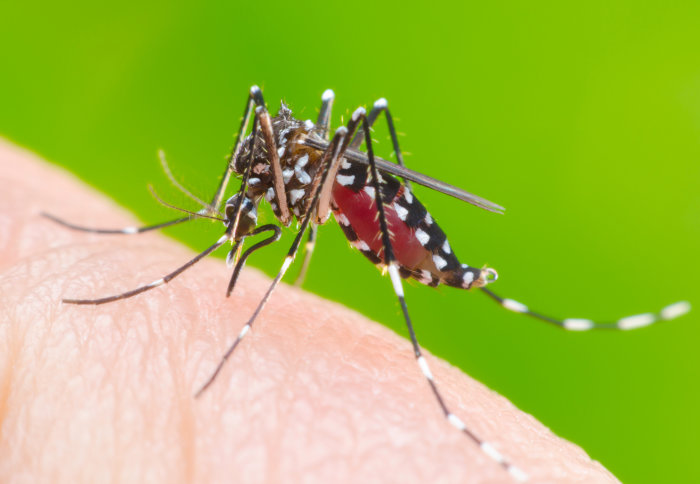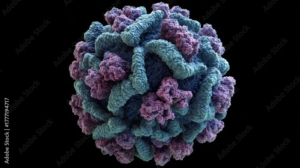
UK researchers present dengue virus transmission map
Scientists at Imperial College London have created a worldwide atlas of dengue virus transmission with much higher spatial resolution than any previous regional- or global-scale estimates.
The map of variation in dengue transmission intensity rather than current maps of endemicity offers clues about the most effective types of interventions, providing a valuable resource for health authorities that may guide the assessment and prioritization of efforts to control the disease.
Dengue virus, which is transmitted by Aedes mosquitoes, usually causes flu-like symptoms but can lead to internal bleeding and death in severe cases. In the past, insecticides were the only tool available to control transmission, but new control measures have recently emerged – including the first vaccine licensed by Sanofi Pasteur, which might reduce the 100,000 estimated global annual disease cases by 20% to 30% -, according to the team headed by Neil M. Ferguson. By mapping the intensity of dengue transmission around the world at high resolution through combination of environmental data, serological surveys and case surveillance reports, the researchers found that Wolbachia-bacteria based intervention could reduce annual cases by up to 90%. Infection of the mosquitoes in the laboratory with naturally-occurring Wolbachia bacteria prevented the virus replicating in the insect. In carefully-controlled trials, releasing these modified mosquitoes in areas heavily affected by dengue has been linked to a 70% reduction in cases, though scientists caution this has to be confirmed in larger trials
According to the new map, most transmission is taking place in northern South America, West and Central Africa and Southeast Asia. The scientists say their results represent the most detailed study of geographical variation in dengue transmission to date.


 stock.adobe.photo.com/Popelniushka
stock.adobe.photo.com/Popelniushka  stock.adobe.com/Sadushi
stock.adobe.com/Sadushi 